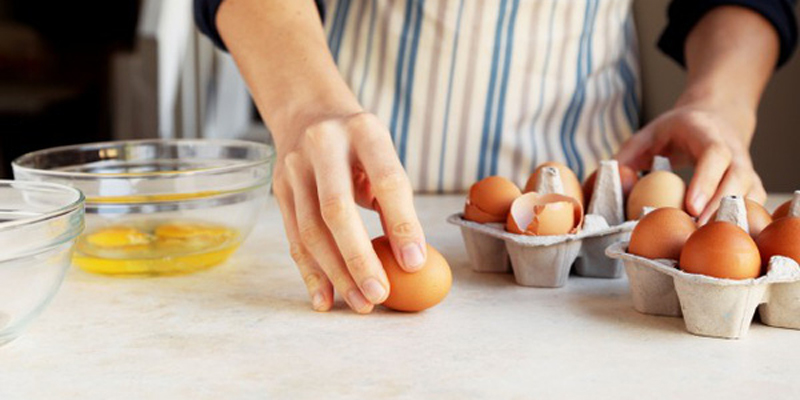1 The Right Way to Crack an Egg

Many people think that cracking an egg is a relatively easy task, and that it doesn’t matter how you do it as long as the shell breaks. But world-renowned celebrity chef Jaques Pépin believes that eggs should only be cracked on a flat surface.
He explains that this unique approach prevents bacteria from the shell from directly entering the egg white and yolk. This method also ensures that no shell ends up in your bowl, and the yolk remains intact.
To crack an egg like a pro, simply tap it firmly on a flat surface. Then, use your thumb to push the shell apart. This is the standard technique used by top chefs.
2 One-Handed Egg Cracking Technique

First, hold the egg in your hand, with all your fingers supporting it. Place your thumb on one end of the egg, and apply pressure with your second and third fingers on the other side. Then, crack the egg on a flat surface. When the shell cracks, keep your thumb and index finger in the same spot.
Finally, use your thumb to separate the two halves of the shell.
Cracking an egg seems easy, but it’s not as simple as it looks. Many people think it doesn’t matter how they do it, but with the information provided above, it’s clear that there’s a right way to crack an egg. Hopefully, this article will encourage you to change the way you crack eggs from now on!
Reference: afamily.vn

































